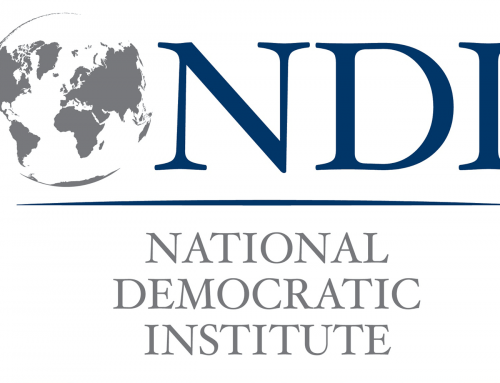
(Interpressnews.)
TBILISI, DFWatch–The use of home-made drugs and import of new psychotropic substances has decreased by over 90 percent since 2013, according to the latest annual report by the US State Department.
The International Narcotics Control Strategy Report 2015 says Georgia is both a transit country and destination country for illicit drugs produced in other countries.
The report says the government has implemented legislative amendments to fight illegal drug use, as well as increased the list of medical drugs that can’t be purchased without a prescription.
It also says that the estimated number of injecting drug users in Georgia, mostly male, is about 45,000, based on information from non-government organizations.
Largest heroin bust in history
Georgia is an important transit country for heroin from Afghanistan. The most significant drug trafficking route is from Afghanistan and Iran through Azerbaijan or Armenia to Georgia, then on to Western Europe, Turkey, and Russia.
An earlier State Department report published during Saakashvili said Georgian police had difficulties doing checks on the “T.I.R.”-marked trailers carrying the heroin, but in July, 2014, under the new government, a record seizure was made of 2.8 tons of liquid heroin at the border with Azerbaijan. According to the State Department, this is ‘believed to be the largest overland heroin seizure in history.’
It mentions that Georgia finalized its National Drug Strategy and Action Plan for 2014-2015 in December, 2013, and is establishing a National Drug Monitoring Center, which should be operational in 2015.
“The United States encourages Georgia to continue its strong law enforcement response to drug trafficking and its focus on drug trafficking and drug distribution investigations and prosecutions,” the report reads.
“The United States will continue to provide training and technical support on narcotics control issues, and encourage interagency cooperation.”





Leave A Comment
You must be logged in to post a comment.